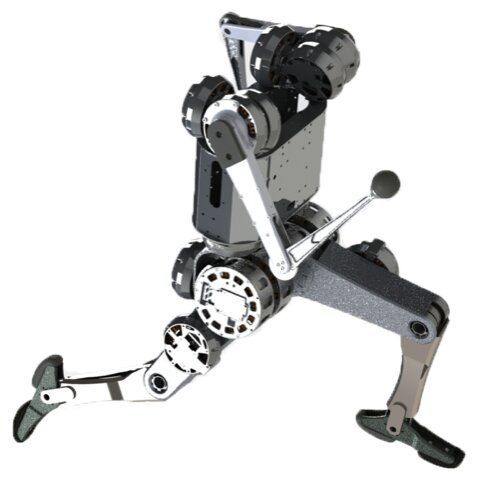Creating robots that can perform acrobatic movements such as flips or spinning jumps can be highly challenging. Typically, in fact, these robots require sophisticated hardware designs, motion planners and control algorithms.
Researchers at Massachusetts Institute of Technology (MIT) and University of Massachusetts Amherst recently designed a new humanoid robot supported by an actuator-aware kino-dynamic motion planner and a landing controller. This design, presented in a paper pre-published on arXiv, could allow the humanoid robot to perform back flips and other acrobatic movements.
“In this work, we tried to come up with realistic control algorithm to make a real humanoid robot perform acrobatic behavior such as back/front/side-flip, spinning jump, and jump over an obstacle,” Donghyun Kim, one of the researchers who developed the robot’s software and controller, told TechXplore. “To do that, we first experimentally identified the actuator performance and then represent the primary limitations in our motion planner.”
